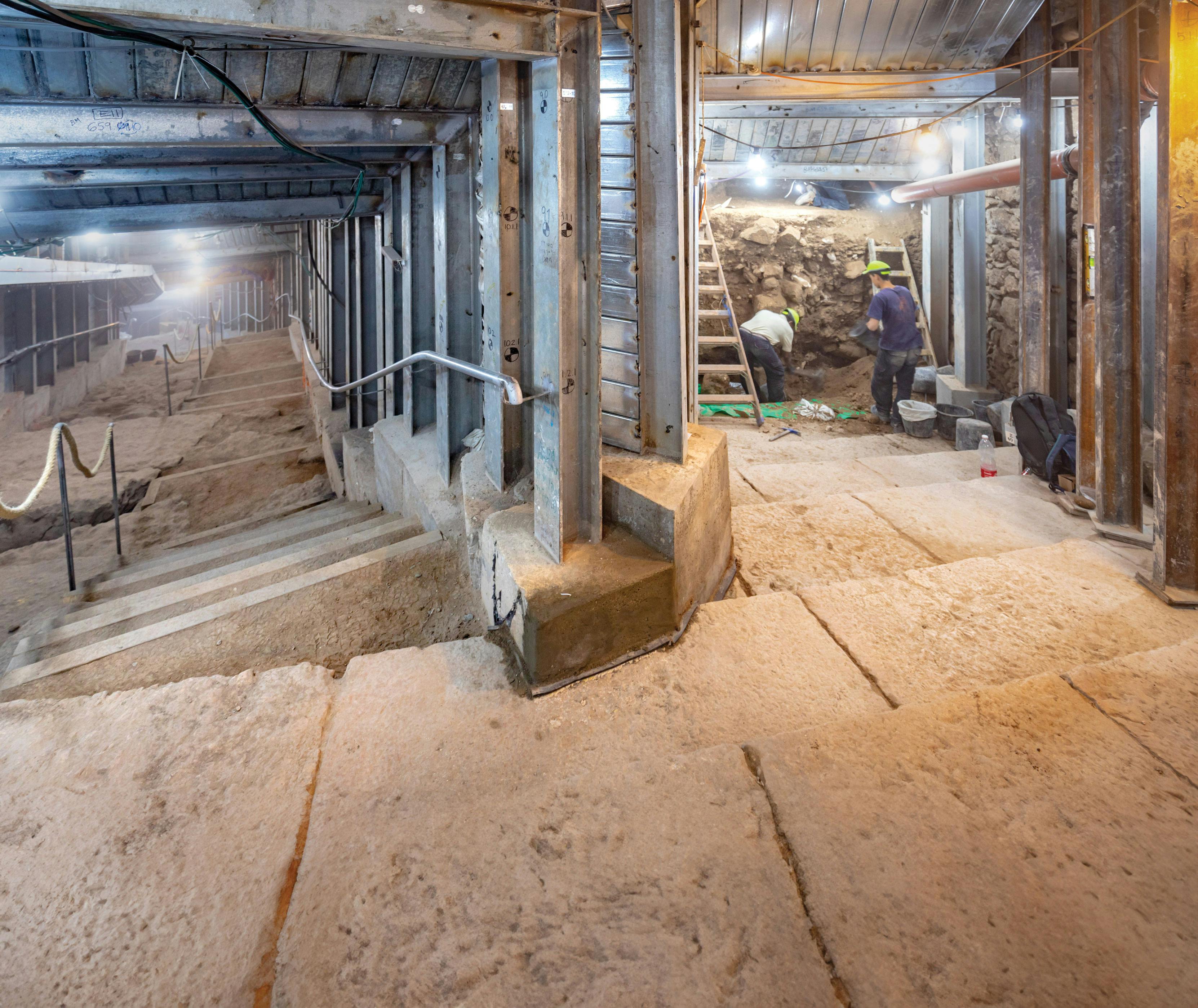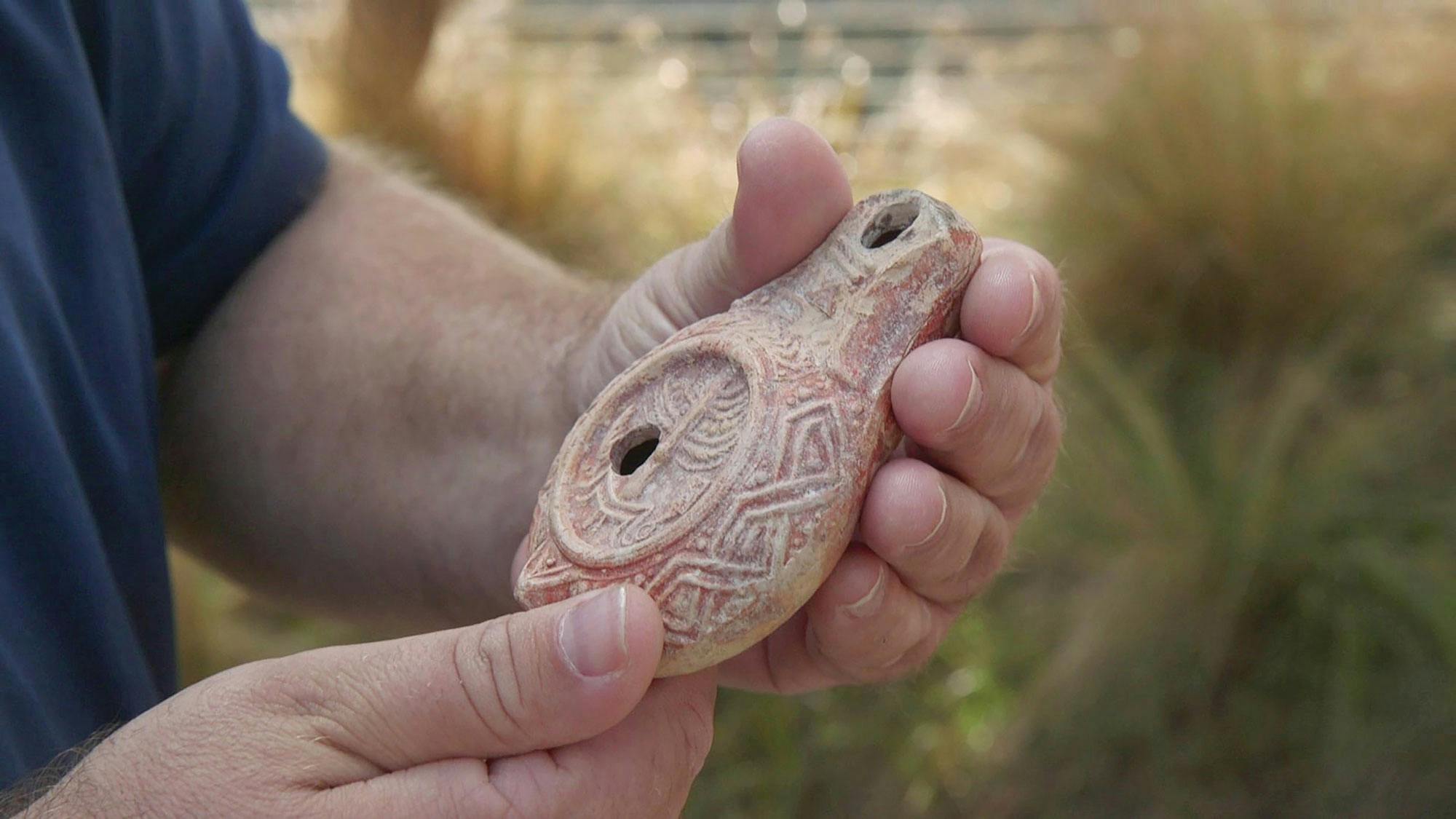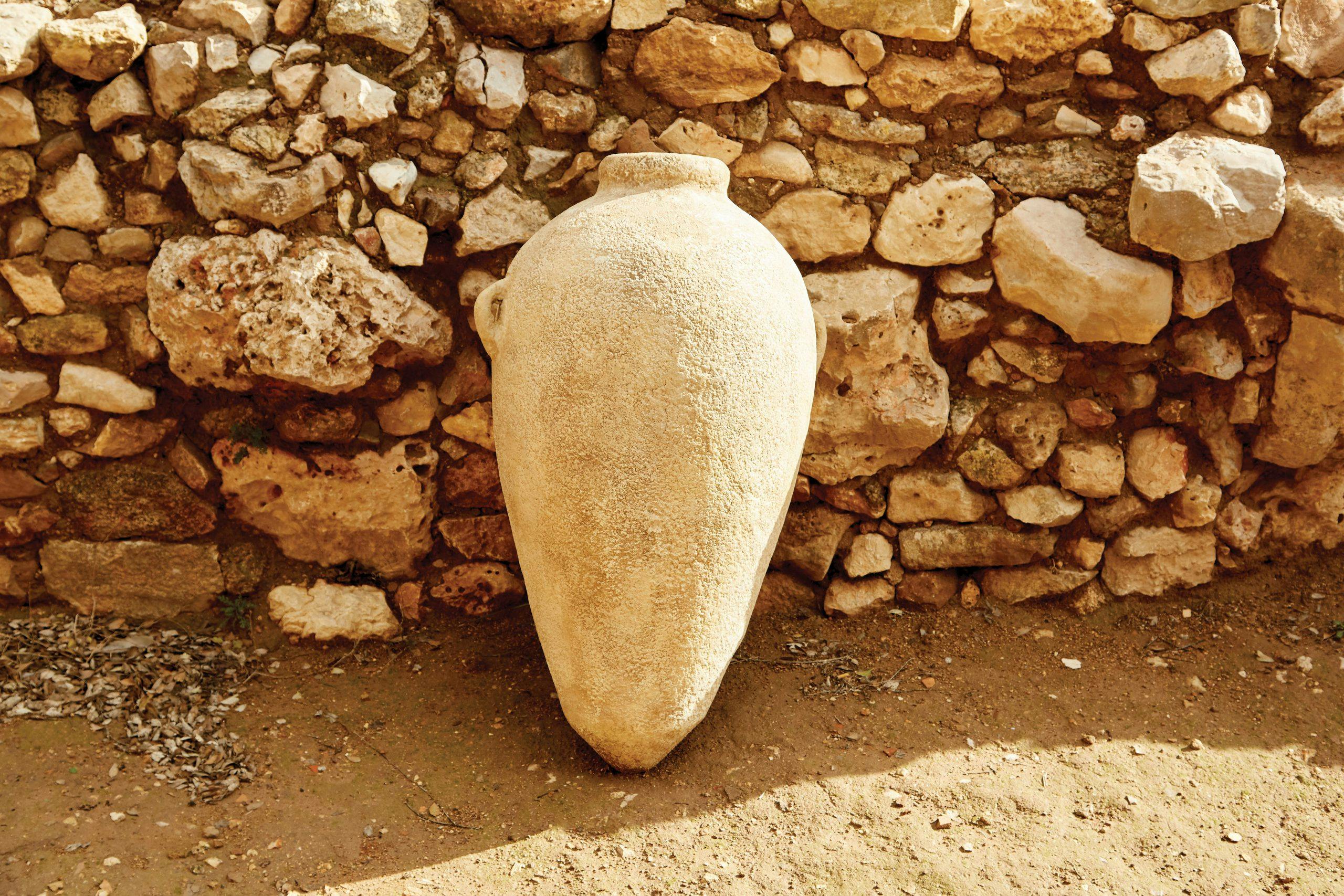Intriguing Inscription
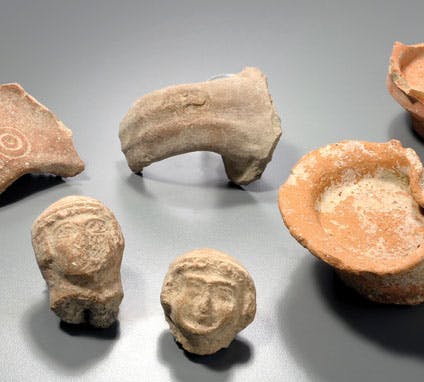
The most similar name to the inscription is Zechariah the son of Benaiah, the father of the prophet Jahaziel. The name appears in 2 Chronicles 20:14 where it states that Jahaziel, son of Zechariah, son of Benaiah, a Levite of the sons of Asaph, prophesized before the biblical King Jehoshaphat before the nation went off to war against the ancient kingdoms of Ammon and Moab.
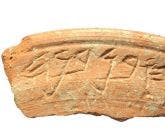
Archaeologists Dr. Joe Uziel and Nahshon Zanton explained that the letters inscribed on the shard likely date to the 8th–7th centuries BC, placing the production of the bowl sometime between the reign of Hezekiah and the destruction of Jerusalem under King Zedekiah. The archaeologists also explained that the inscription was engraved on the bowl prior to firing and was not written on a shard after the vessel was broken.
While the purpose of the inscription on the bowl is unclear, archaeologists have suggested that the bowl may have contained an offering, likely given by the individual whose name was inscribed on the bowl, or alternatively given to him.
Related Resources

Discover Your Purpose and God’s Heart For You
In today's divided, turbulent world, it's essential for the Church to rediscover God's heart. Our free e-book, authored by a seasoned expert with three decades of experience in Israel, delves deep into the teachings of Jesus (Yeshua) to reveal God’s principles of love and purpose. Learn how embracing these truths can bring significance and impact to your life, even amidst chaos. Subscribe now to receive your free copy and embark on a journey of transformation.

